GSAS (Global Software Architecture Summit) is a one day summit which aims to attract and connect software architecture experts from all over the world as well as all those interested in building working software to improve their skills, share knowledge, and connect.
Robust and scalable software is in the center of every discussion and talk, which makes it a perfect place for people who fight for quality in the software development world.
Over 300 software architects will come together for one day to promote quality in the world of software.
In addition to technical talks, panel discussions and debates, it will be fun! There will be snacks and beers, opportunity to meet like-minded people and generate interesting discussions.
Your demographics doesn't matter, what really matters is your passion for useful, well designed, maintainable and scalable software.
Come, we will be happy to see you there!
To write and sign the leading software architecture manifesto for the next generation of developers and software architects in 4 years.
To grow the software architecture community, focusing on best practices, innovation, working software and practical solutions for current issues.
We all share the same values that are the foundation of everything we do:


George Fairbanks
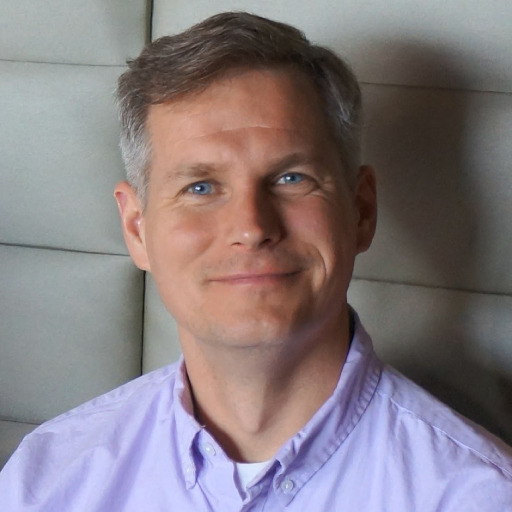
We used to build software like bridges. There was time for careful collection of requirements and the analysis of design options. But we don’t do that anymore, in part because the time we spent did not ensure we hit our targets or avoided risks. Today, most companies use some form of continuous design where the software changes in small steps, often weekly or even daily, which makes those companies responsive to environmental changes. The problem is that in just a few years the software becomes over-complicated and usually needs to be rewritten, even when the team refactors. The longer you let the team code, the worse the code gets. That’s a shame because other kinds of engineering don’t have this problem. Car engines, for example, improve every year. I’ll primarily discuss some ideas about why things work out this way and also some promising ideas for how we can practice continuous design longer, if not forever.
Len Bass
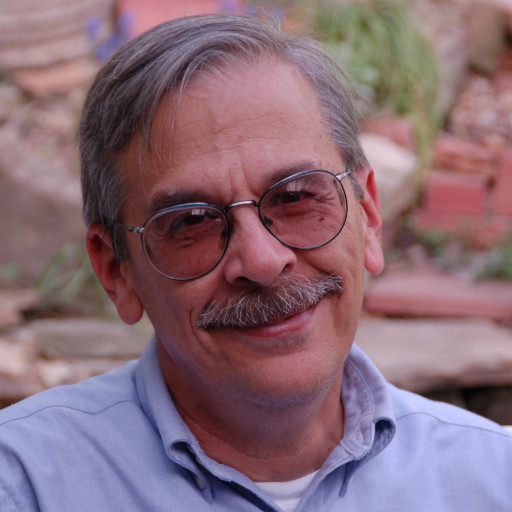
My position is that an architect needs a good understanding of five things:

Álvaro García, Eoin Woods, Michael Feathers, Ian Gorton

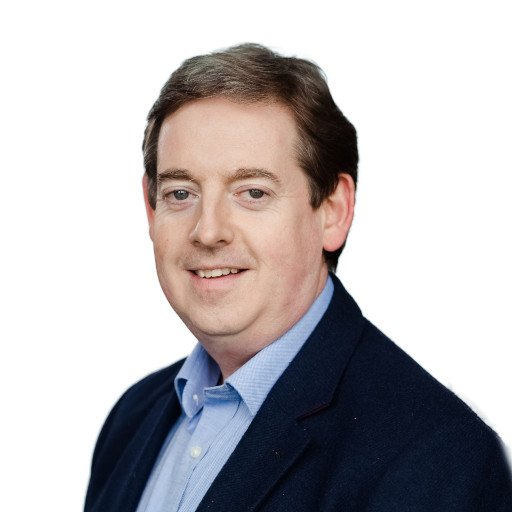
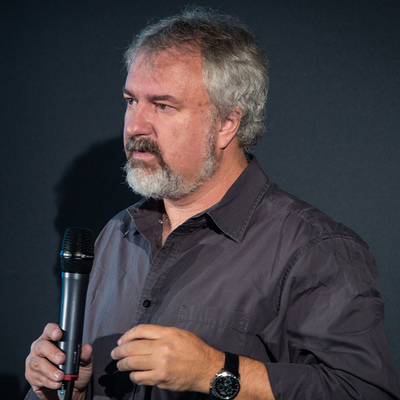
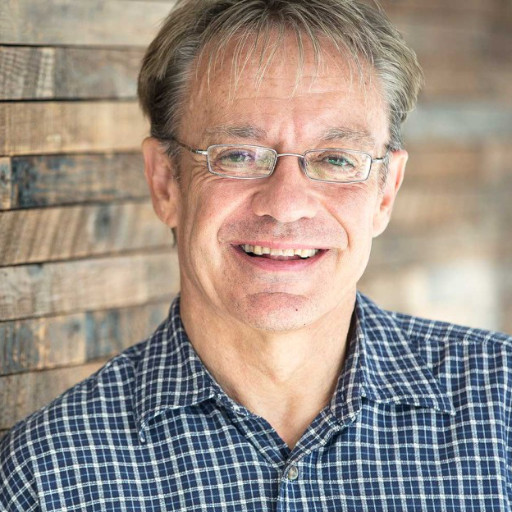
Debate moderated by Ávaro García. Some of the topics and questions we want to tackle during this panel discussion are:
Jakub Marchwicki, David Farley, Mark Richards, Len Bass, Christian Ciceri
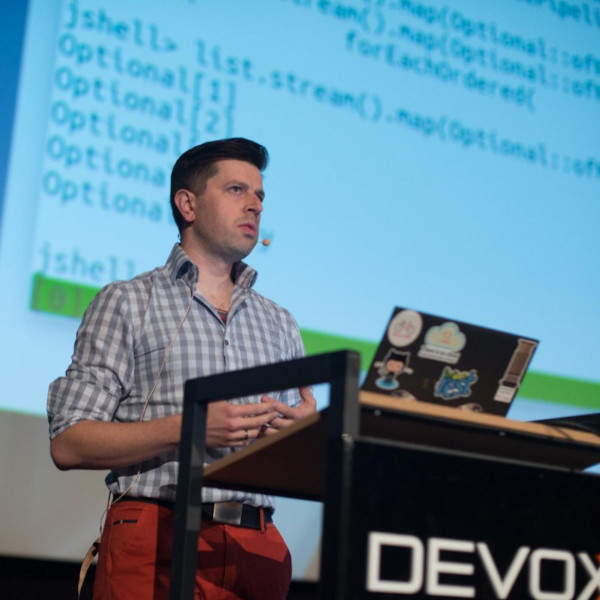
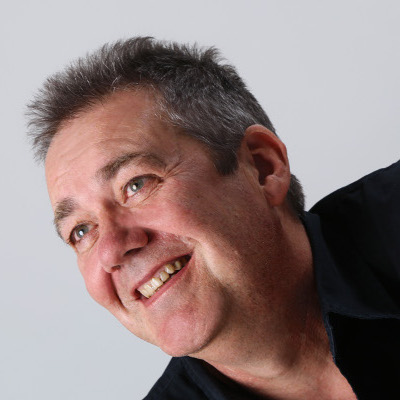
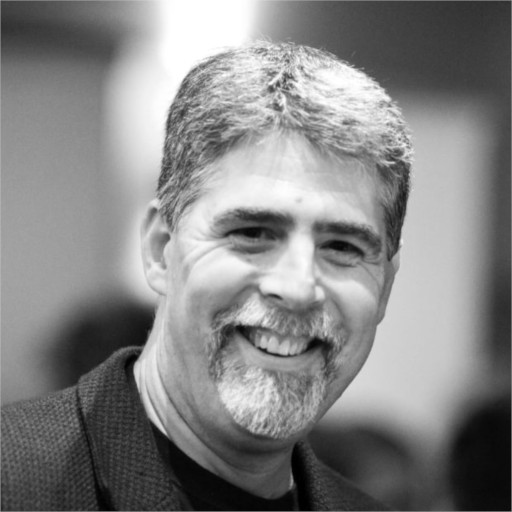

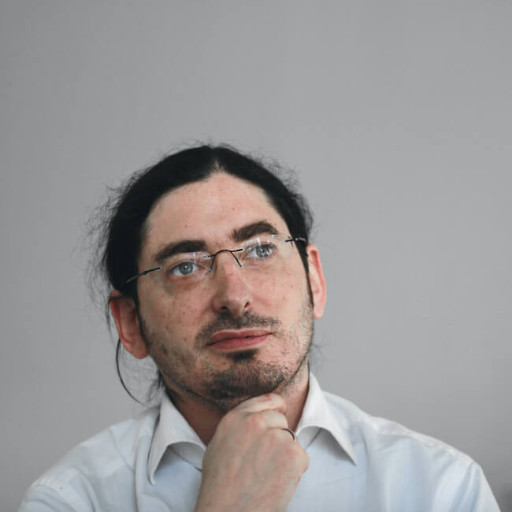
Debate moderated by Jakub Marchwicki. Some of the topics and questions we want to tackle during this debate are:

Mark Richards

Many technologists have an architect title, take on the role of an architect, or even aspire to be an architect, but are they thinking like an architect? Architectural thinking is learning to look at a problem or task from an architect's point of view. In this talk I discuss how to think like an architect - how to understand, recognize, and analyze tradeoffs, how to think in terms of business drivers, and how important technical breadth is to architectural thinking.
Álvaro García, Sandro Mancuso, George Fairbanks, Juan Manuel Serrano, Carlos Blé, Eoin Woods

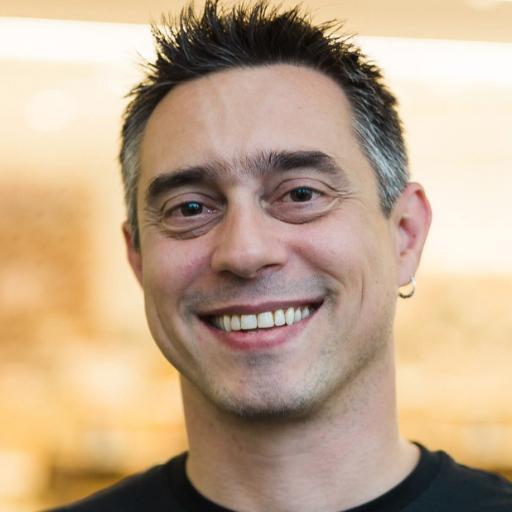




Debate moderated by Álvaro García. Some of the topics and questions we want to tackle during this debate are:

Ian Gorton

An advantage of evolutionary architectures is their facilitation of experimentation and data-driven development. This becomes especially important for cloud-deployed applications as they scale to meet greater loads, while continually balancing costs. Commercial clouds offer a myriad of powerful, competing services that can facilitate scalability through incremental change. However, the performance and scalability characteristics of these services are a priori unknown. They require careful evaluation and testing to ensure they deliver the required quality of service within application budgets. In this talk, we’ll describe the results from a set of experiments on cloud-based micro-benchmarks that explicitly compare cloud services behavior under experimental conditions. The results show how variability in microservice programming language, database platform, database model and runtime configuration settings dramatically effect scalability and associated costs. The results from these experiments can help architects reason about the effects of their architectural decisions and cloud services selections and configurations. We’ll conclude by discussing the implications of this work for evolutionary architecture, and our progress on publishing these results online for architects to access and utilize.
Alex Soto, Viktor Farcic, Ana-Maria Mihalceanu, Cristian Cotes
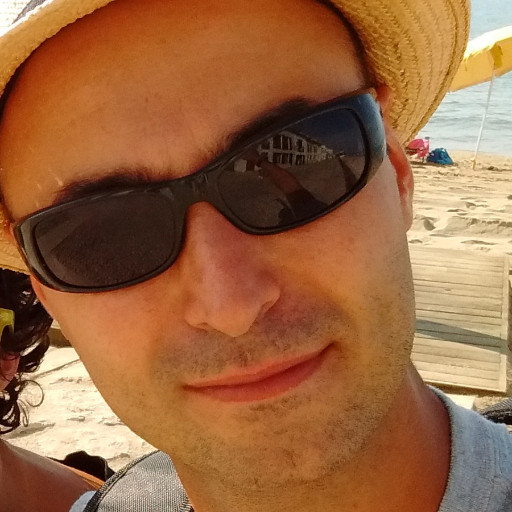

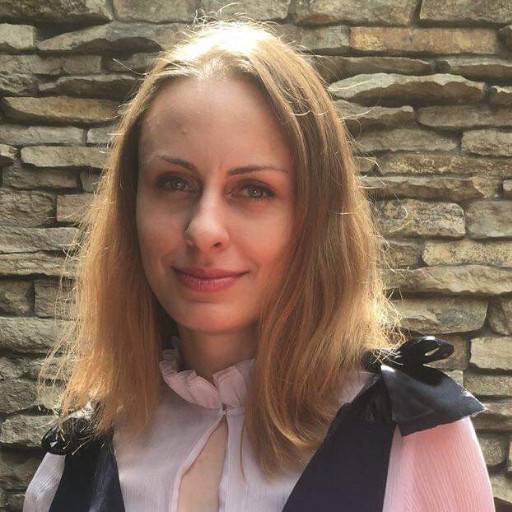
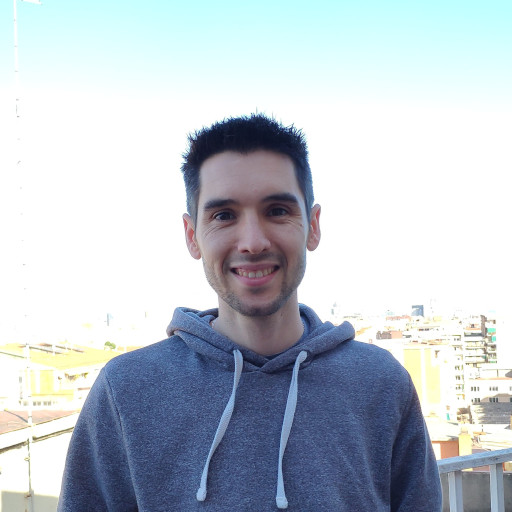
Debate moderated by Christian Cotes. Some of the topics and questions we want to tackle during this debate are:


The event will take place at Hotel Alimara. If you want to spend the night there, we have special discounts for all GSAS attendees! Contact us and we'll give you all the information!
Hotel Alimara is easily accessible by public transport, just 5 minutes from bus and metro stations.
Right now we have Last Minute Birds Tickets available for 465€ (VAT included). All tickets are subject to our Payment, Cancellation and Substitution Policies, so make sure you read them before buying yours. If you're still in doubt or want to ask us something, contact us and we'll gladly answer all your questions!
Are you a technology company? Interested in meeting software architecture influencers from all over the world? This is a great opportunity to participate in a Global Software Architecture Summit and to support the software architecture community.